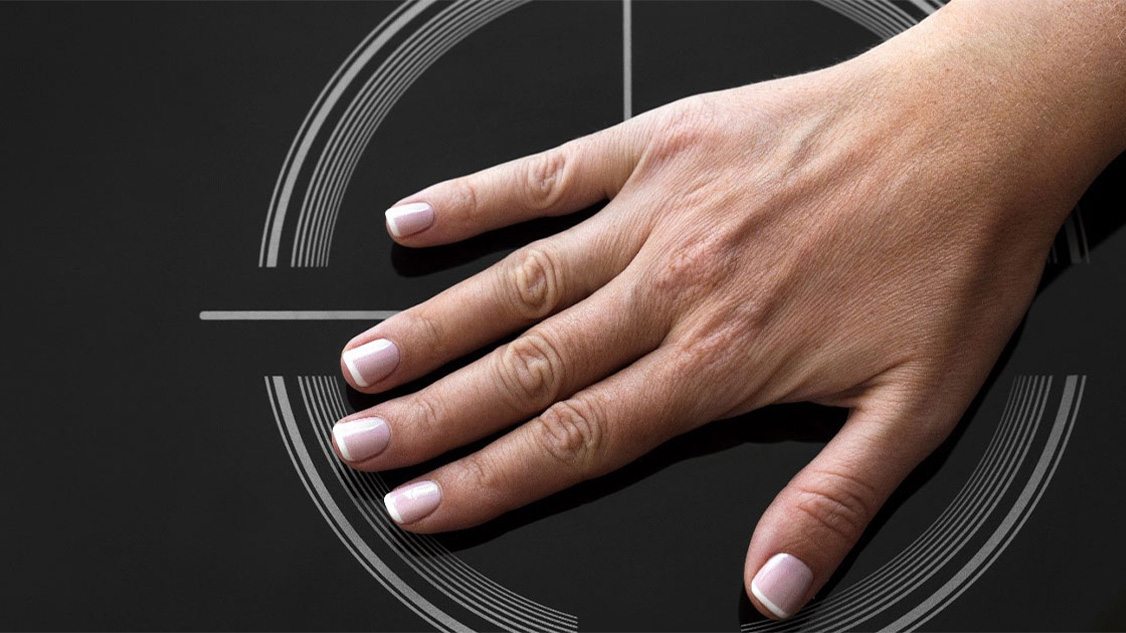Previous assessment methods led to a massive overestimation of the exposure from adaptive antennas. After more than two decades, therefore, the assessment rules have now been adapted by the Federal Council at ordinance level. This is the only way these antennas can play their trump card: reducing total exposure while still transmitting more data. For this purpose, the installation limit value is now averaged over 6 minutes, as has always been the case with the 10-times less stringent exposure limit value (the difference between the installation and exposure limit value is explained below).
Critics like to compare the 6-minute average value with a hotplate: if you hold your hand on a scorching hot hotplate for 36 seconds and then cool it on an ice pack for ten times as long, the mathematical temperature average would be too low to cause a burn. In reality, however, you would still suffer a painful burn. But this comparison is flawed.
In the field of mobile communications, the Swiss installation limit value of 5 volts per metre is far below the internationally recommended 50 volts per metre and very far from causing a harmful thermal effect – in contrast to a hotplate, which clearly exceeds the skin burning threshold.
Comparisons like these are plainly alarmist. So let’s look at how the thermal effect of mobile signals is classified. To prevent it occurring in the first place, the international limit value includes a protection margin with a factor of around 7 to 8. This means that the maximum permissible transmission power of an antenna is around 50 times lower than would be required to have a thermal effect on the body. Scientists specify this as a permanent temperature increase of more than 1 degree Celsius.
